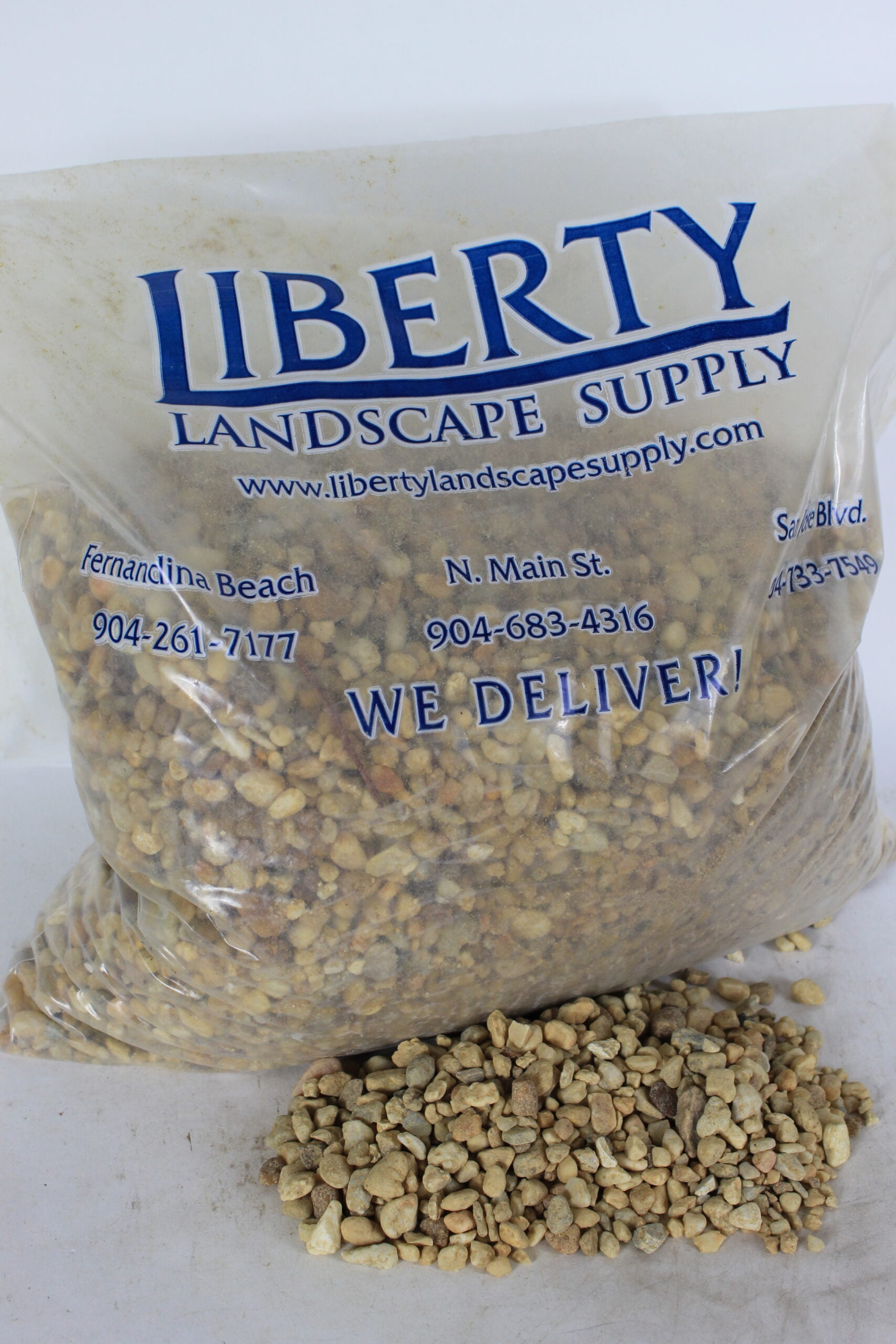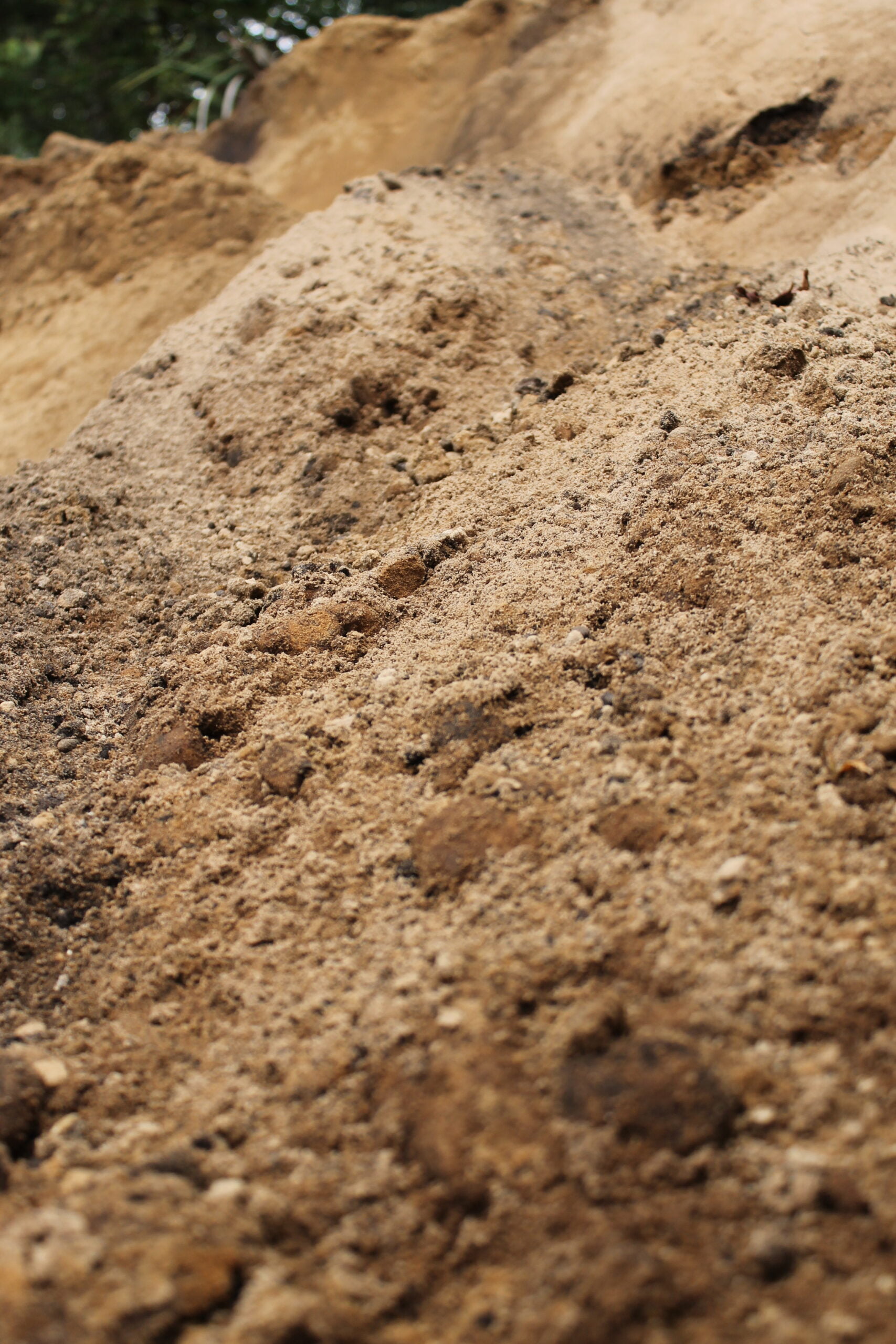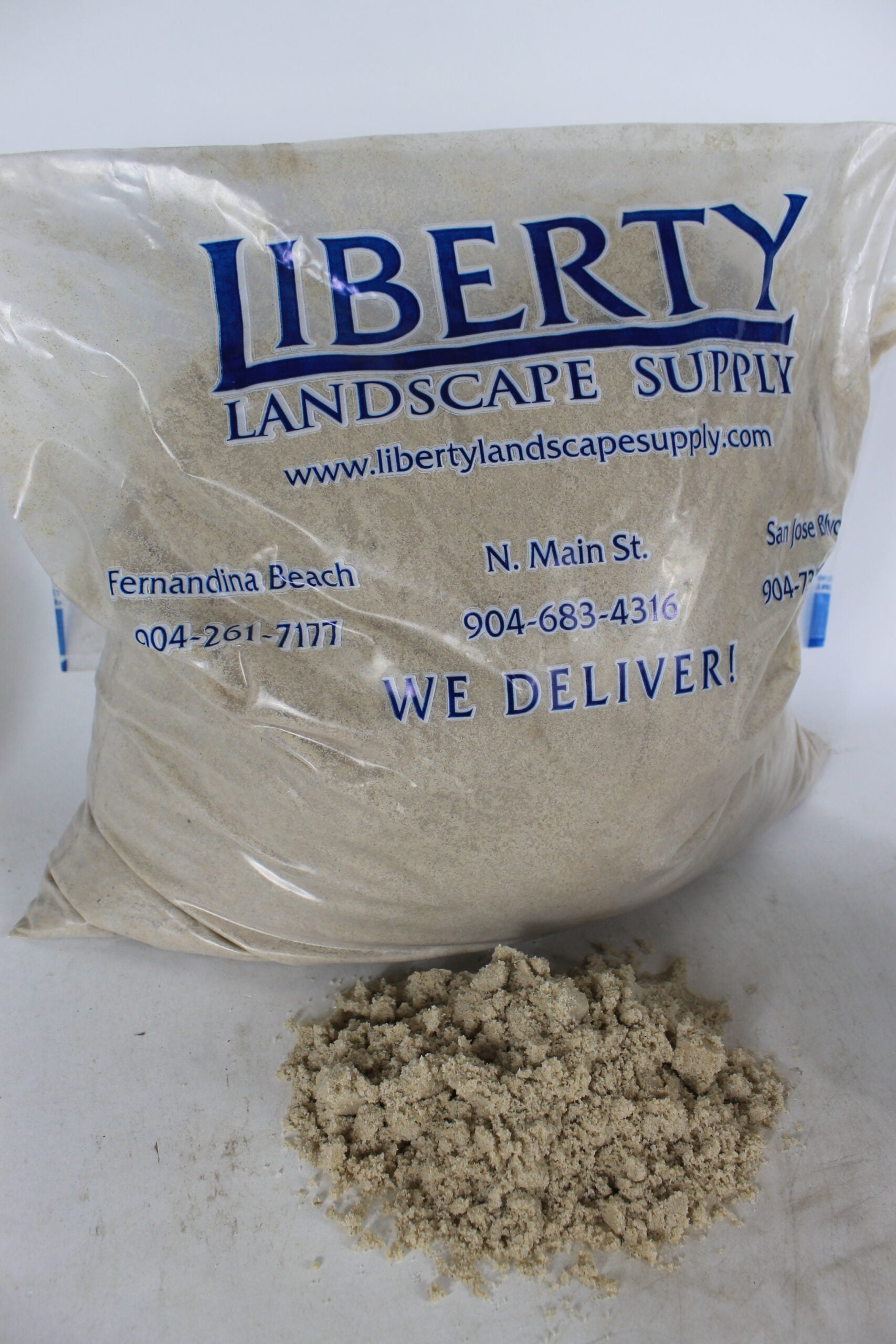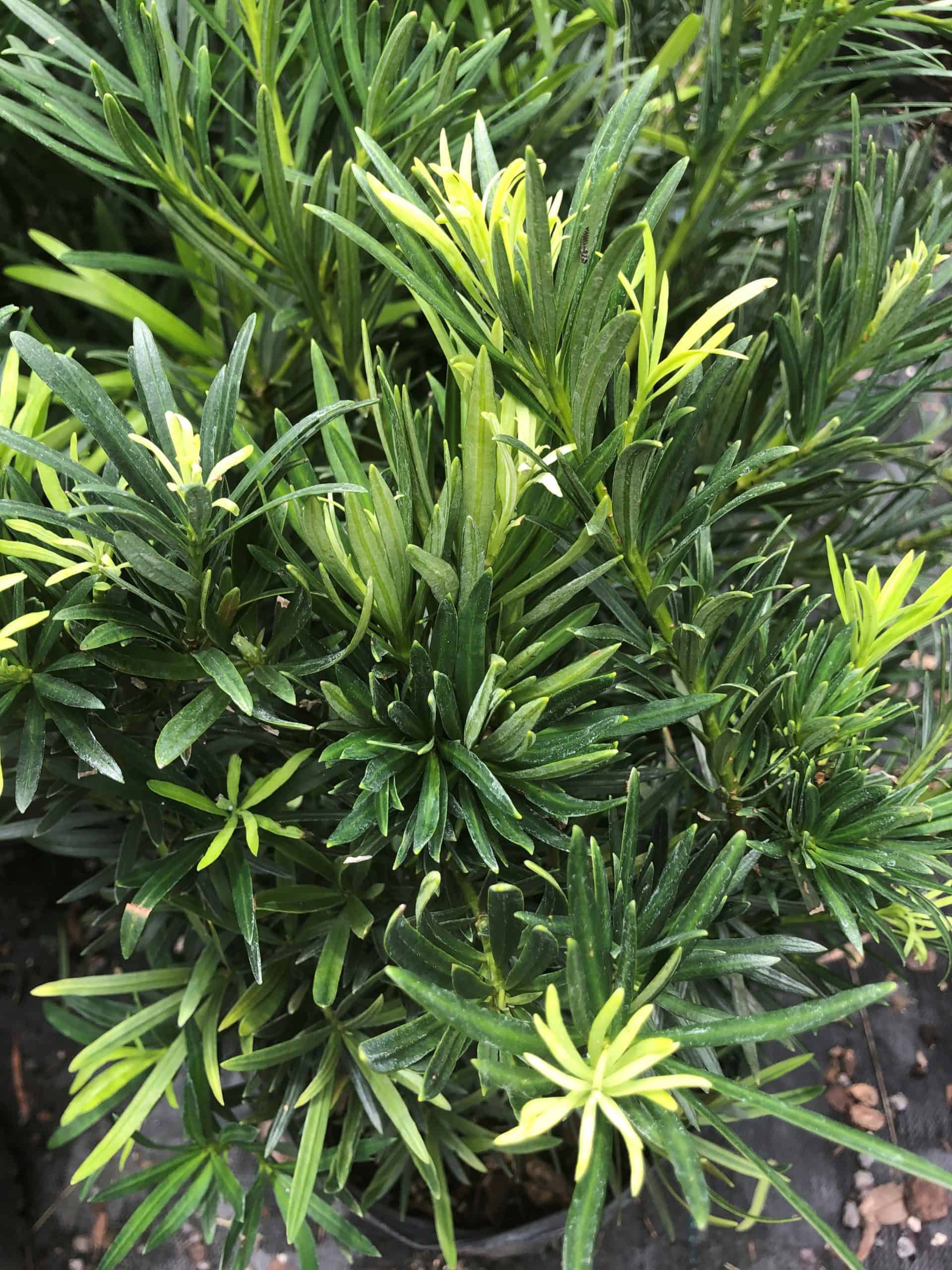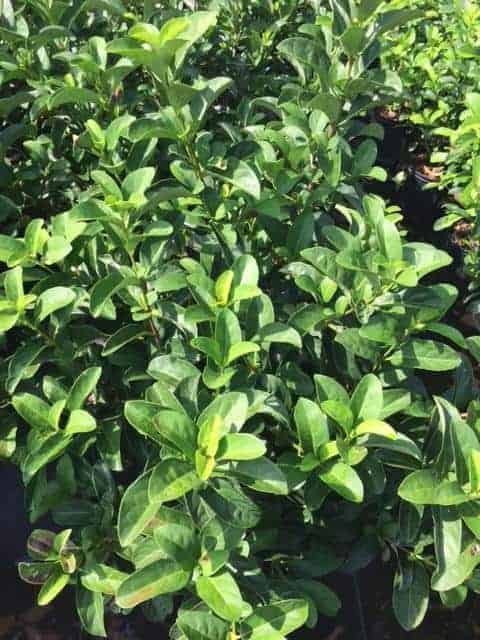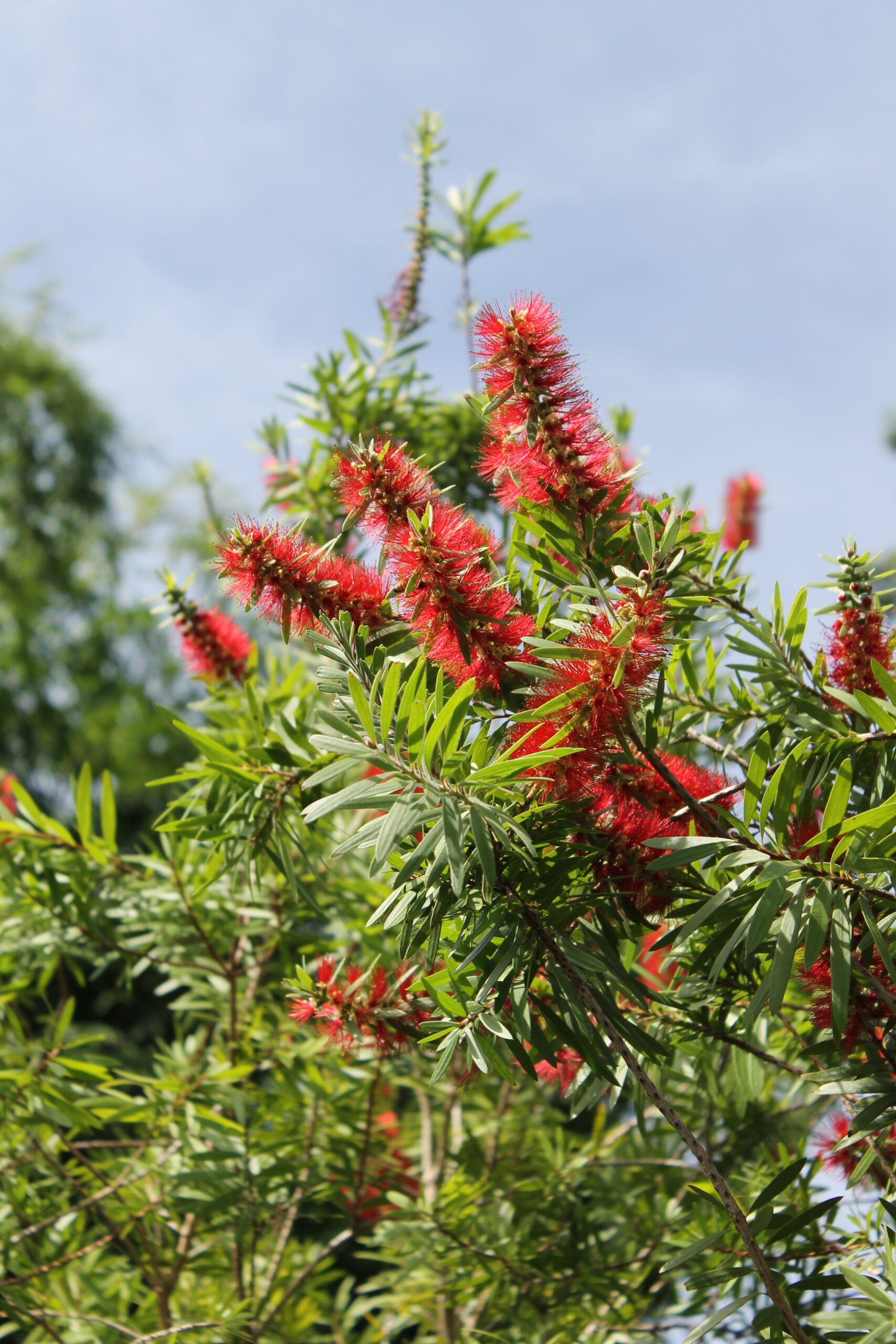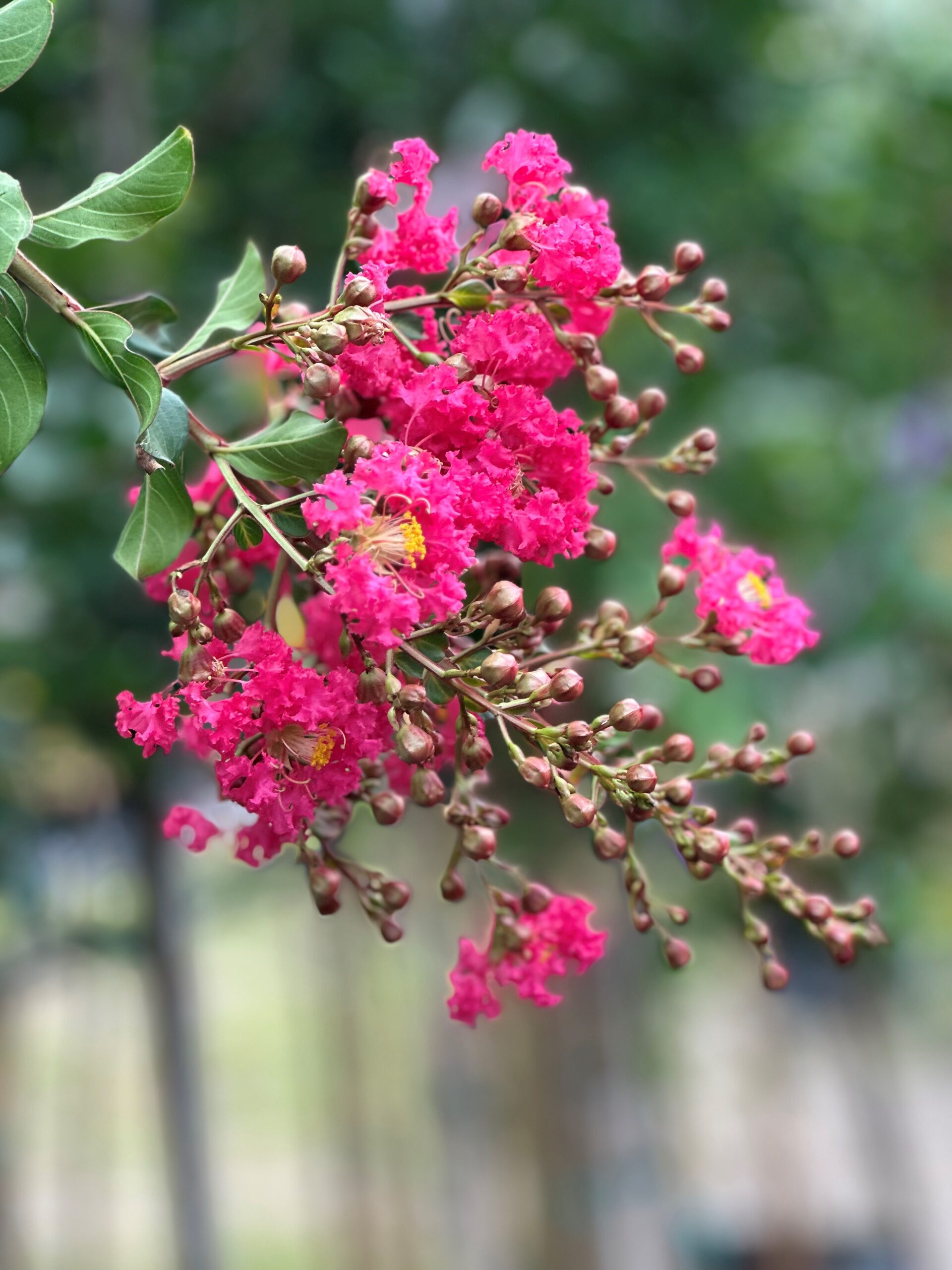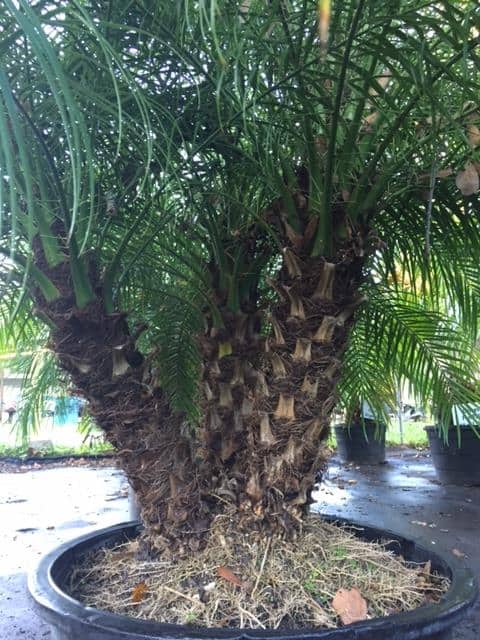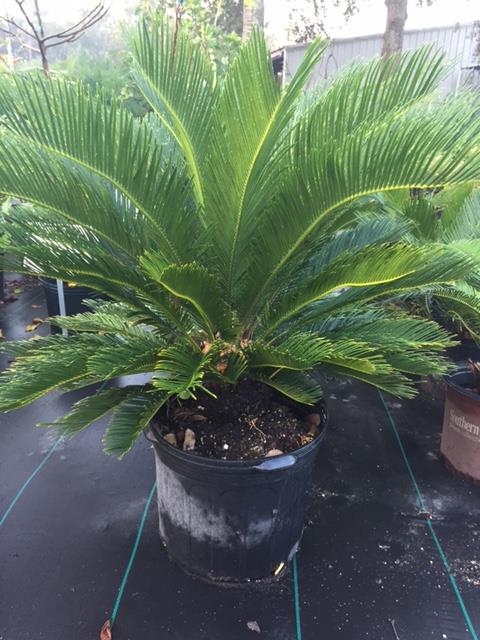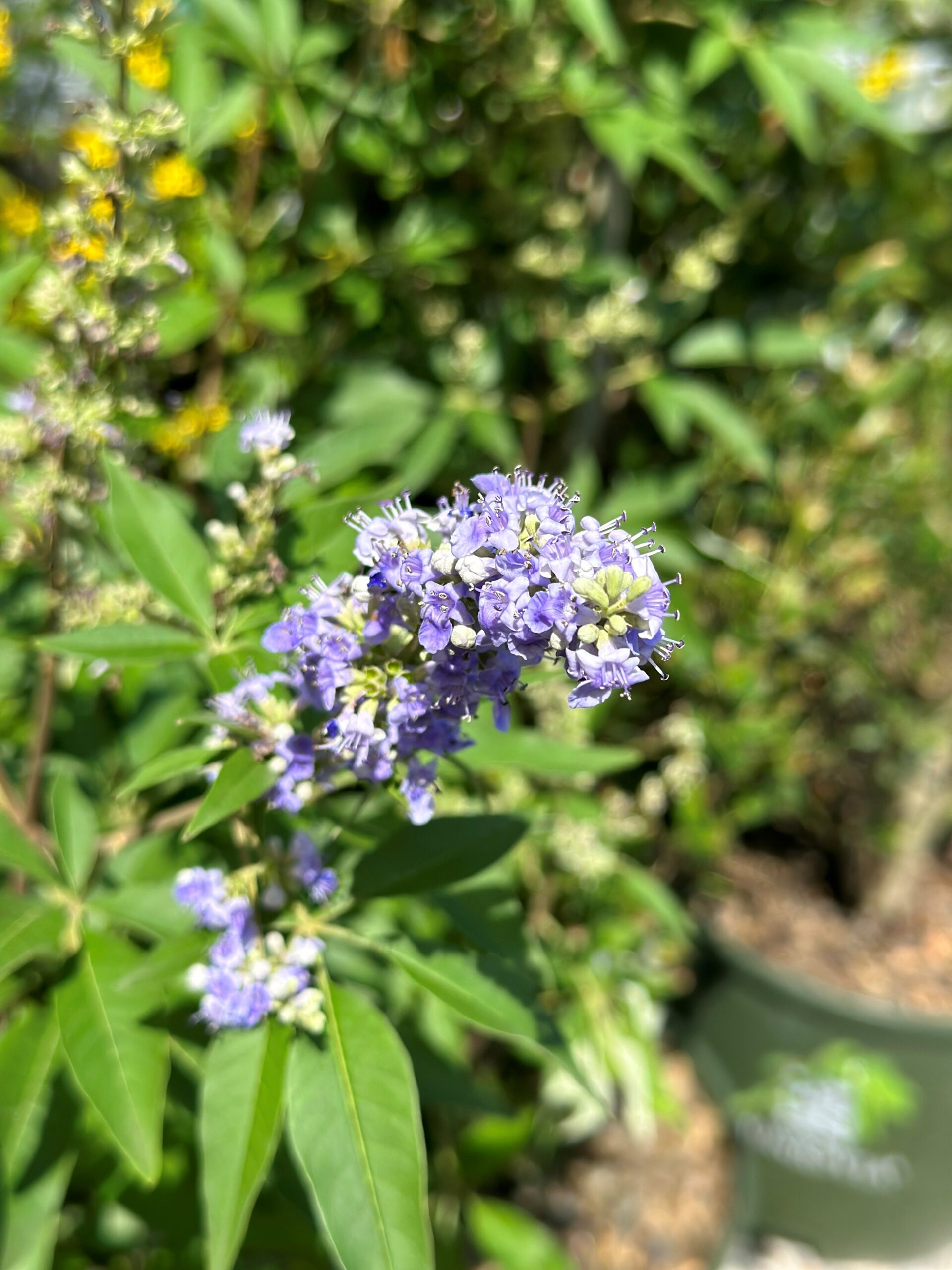In a market flooded with cheap plastic planters, the question arises: Why should I invest in higher-priced planters? As a dedicated consumer of Liberty’s products, I, too, am still deciding whether to buy pottery at these high costs. But, I recognized myself as a novice be-leaf-er– I have no idea what I’m doing with plants, so I sought to unravel the reasons behind the seemingly elevated costs and to find out if they are worth it.
To delve into this matter, I first conversed with Bernardo, a seasoned and knowledgeable employee at Liberty Landscape Supply. During a promotional campaign where I was capturing images of our pottery, I took the opportunity to inquire about the pricing. Bernardo spoke with me, shedding light on crucial factors contributing to these costs. He mentioned the use of premium materials, the meticulous hand-painting process resulting in unique pieces, and the additional expenses incurred through importation.
Despite this insightful conversation, I remained skeptical. The question lingered: Why would Liberty stock their store with expensive pottery? Especially as a plant enthusiast, what justifies spending $50-$200 on a planter when the plant itself might not discern the difference? I don’t NEED hand-painted pottery; did my plant care? It may be worth mentioning that this exasperated pricing is not exclusive to Liberty but resonates across large and small nurseries. I’m confident if you’re reading this, you, too, have walked into a nursery with wide eyes, identifying beautiful planters until the price tag killed the mood.

In my quest for knowledge, I delved into the advantages of premium planters. I came across a Planter Craft article explaining the merits of planters made from superior materials compared to their plastic counterparts. The author underscores that non-plastic pots are “resilient and enduring, offering unmatched sophistication and lasting durability.” I understood the sentiment, but this revelation didn’t feel like new information; I am well aware of the inherent flimsiness of plastic products. Though maybe it was a much-needed reminder as the same day I read this article, I found my plastic planter on my second-story patio toppling over and spilling dirt onto my downstairs neighbor’s patio. I never thought I’d have to write an apology letter on behalf of my violas.
Expanding my exploration beyond mere durability, I looked into the impact of quality planters on the well-being of the plants. Turns out, plants do benefit from the quality of their home. An article featured in Leaf Culture brought attention to the benefits of ceramic pots, emphasizing their ability to provide a stable environment for plant roots, as they regulate moisture and temperature, enhance air circulation, and prevent waterlogging — all pivotal factors for overall plant health.
The benefits weren’t isolated to ceramics- Leaf Culture had a million different articles on different planter materials and their exclusive benefits to plants. Plastic was no match for these specs; the only thing plastic could do was cost less and weigh less, but in this case, less is not more.
This emerging pattern was consistent among experts in the plant world. Regardless of the nursery, garden center, or landscaping business, I consulted, unanimous agreement prevailed on the significance of quality pottery. I couldn’t help but feel a sense of betrayal from my green-thumb acquaintances—how had I not come across this crucial information during my plant journey? It seemed conspicuously absent from the Conversion to a Green-Thumb handbook.
The education I received about the benefits of using high-end planters was overwhelming. After my Google deep-dive, I decided to switch from my ordinary plastic planters to more exclusive ones. I needed to see the benefits firsthand.
During a recent trip to Savannah, GA, I decided to splurge on a $70 planter from a charming little nursery called STUMP. Surprisingly, the friendly nursery worker threw me a curveball during checkout. Instead of a simple transaction, she bombarded me with questions about the planter’s intended location, the type of plant it would house, and other seemingly unrelated details. Initially frustrated, I couldn’t fathom why these queries were necessary for a simple pottery purchase. After all, shouldn’t these be the questions asked when buying a plant, not a container? It felt like they were hindering a straightforward $70 sale.

Curiosity got the best of me, so I finally asked, “Why the third degree about my planter?”
To my surprise, she responded with a friendly chuckle and enlightened me about the importance of selecting suitable materials based on the unique needs of each plant. She patiently guided me through the myriad of pottery materials available, emphasizing their advantages and disadvantages.
I discovered that different materials cater to distinct plant types and environments. Ceramic pots, for instance, prove versatile for both indoor and outdoor use, perfect for plants that thrive in well-draining soil. Terracotta pots offer insulation, making them ideal for outdoor plants sensitive to temperature changes. Concrete pots boast a modern and industrial aesthetic, enduring harsh weather conditions outdoors. Fiberglass pots, lightweight and spacious, are suitable for larger planters. For indoor displays and decorative settings, glass pots take the spotlight. Meanwhile, sturdy cement pots can weather the storm, standing up to challenging outdoor conditions.
After a series of enlightening discussions, I ultimately decided on a handmade clay pot for my indoor snake plant. I learned that these pots, being porous, facilitate adequate air and water flow. The nursery worker advised me to keep a vigilant eye on soil moisture to prevent it from drying out, ensuring a happy home for my green companion. In the end, what initially felt like a perplexing interrogation turned out to be a valuable lesson in the art of choosing the right pot for the right plant.
I won’t get into the sizes she recommended for my pottery because she somehow converted the gallon measurement plant I owned to inches in diameter and the pot depth I needed for my plant to be comfortable. I have not yet mastered those conversion rates as a black-thumb.
This splurge on a planter isn’t something I would do often, but there are ways to save without compromising quality. Nurseries often have chipped pottery that they don’t display on the floor, assuming it won’t sell. However, if you ask, you may be able to purchase it at a discounted price. A minor chip or blemish shouldn’t deter you from buying a pot that is otherwise of high quality and can be easily concealed or fixed. Most people won’t notice small flaws, especially if the pot is in a corner or against a wall. Another option is to look for second-hand ceramics at thrift stores, which can be purchased at a fraction of the cost of new planters. Your plant won’t mind being the second to call it home.
In conclusion, the journey from skepticism to appreciation for higher-priced planters underscores their worth in enhancing both the aesthetic appeal and health of your plants. The insights gained from experts highlight the premium materials, meticulous craftsmanship, and tailored benefits to plant well-being, justifying the investment. As a plant enthusiast, the shift to exclusive planters became a pivotal choice, with the added bonus of valuable lessons from knowledgeable nursery workers. In essence, investing in higher-priced planters is an investment in the longevity and vitality of your green companions that truly elevates your plant care experience.

Sources:
PlanterCraft. (n.d.). What Material Is Best for Outdoor Planters? Retrieved December 13, 2023, from https://www.plantercraft.com/blogs/what-material-is-best-for-outdoor-planters
Leaf Culture. “Why Ceramic Plant Pots? Know the Reason to Use Ceramic Pots for Indoor Plants.” Leaf Culture, https://leafculture.co.uk/blogs/news/why-ceramic-plant-pots-know-the-reason-to-use-ceramic-pots-for-indoor-plants.

